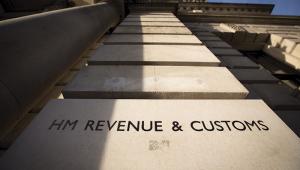
Business rates are set to become an increasingly important stream of funding for local government, as councils slowly move closer towards 100% business rates retention in 2020. This shift represents a transfer of both risk and reward to local authorities by the Ministry of Housing, Communities & Local Government, which brings new challenges and opportunities.
While the business rates retention scheme is intended to give authorities an incentive to support local economic growth, it should also bring about greater focus on protecting business rates from fraud.
The most recent CIPFA Fraud and Corruption Tracker report found that the largest growing area of fraud being detected or prevented by councils is business rates fraud – up from £4.3m in 2016/17 to £10.4m in 2017/18.
This shows the significant efforts being made by councils. However, in all likelihood, this represents only a fraction of the fraud going on, with the Local Government Association estimating that avoidance could be costing the government around £230m. Research by data analytics company Destin Solutions estimated that there could be over £25m worth of fraud being perpetuated by businesses falsely claiming small business rate relief across England.
While this form of relief should apply only to businesses using one property or one that has a rateable value of less than £15,000, the research found multiple businesses with branches in neighbouring authority areas that were fraudulently claiming relief from those councils too.
This goes back to the age-old lack of information-sharing between councils, with some fraudsters simply taking advantage of knowledge gaps by not declaring the full extent of their operations. If councils don’t talk to each other, they can get away with it undetected. While we can see in the tracker that local authorities are getting better at tackling this form of fraud, making a real impact will require far greater cooperation.
The most obvious solution is sharing more data between councils – and, of course, making use of new technologies to ensure that suspicious activity can be easily identified.
CIPFA is working with local authorities to develop this technology and enhance the ability of local authorities to get greater value out of the data they collect, including with the London Counter Fraud Hub. A lot of work remains to be done, but it is an exciting time, with an official ‘go-live’ date expected in the next few months.
This adds to CIPFA’s work in fraud, sharing best practice, research, hosting events and bringing together the community with the Government Counter Fraud Awards.
Whether it relates to housing, council tax, or, indeed, business rates, fraud in all its forms is never a victimless crime, as it diverts money from public services that are sorely in need of funding. It has a real and tangible effect on the community, and, when it comes to business rates fraud, the circle of those affected can be perceived as being wider than public services.
Other legitimate businesses that do meet their obligations are undermined by the fraudster, who gains an unfair competitive advantage. So by taking action against business rates fraud, we actually come back to the very purpose of the retention scheme as put forward by MHCLG – supporting a thriving local economy.
With the reform of business rates under way, reducing the harm from this form of fraud has never been more important within local government.




















